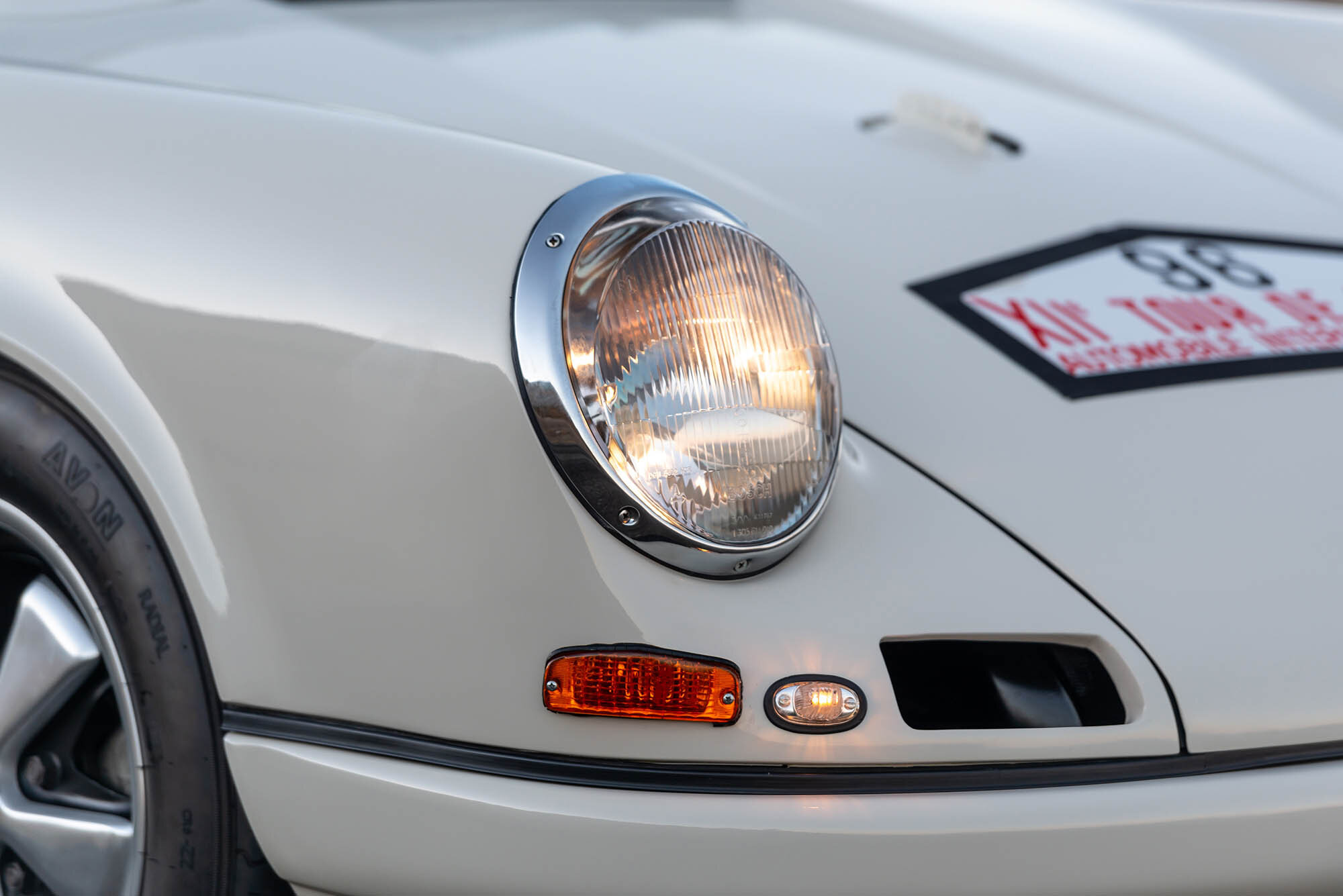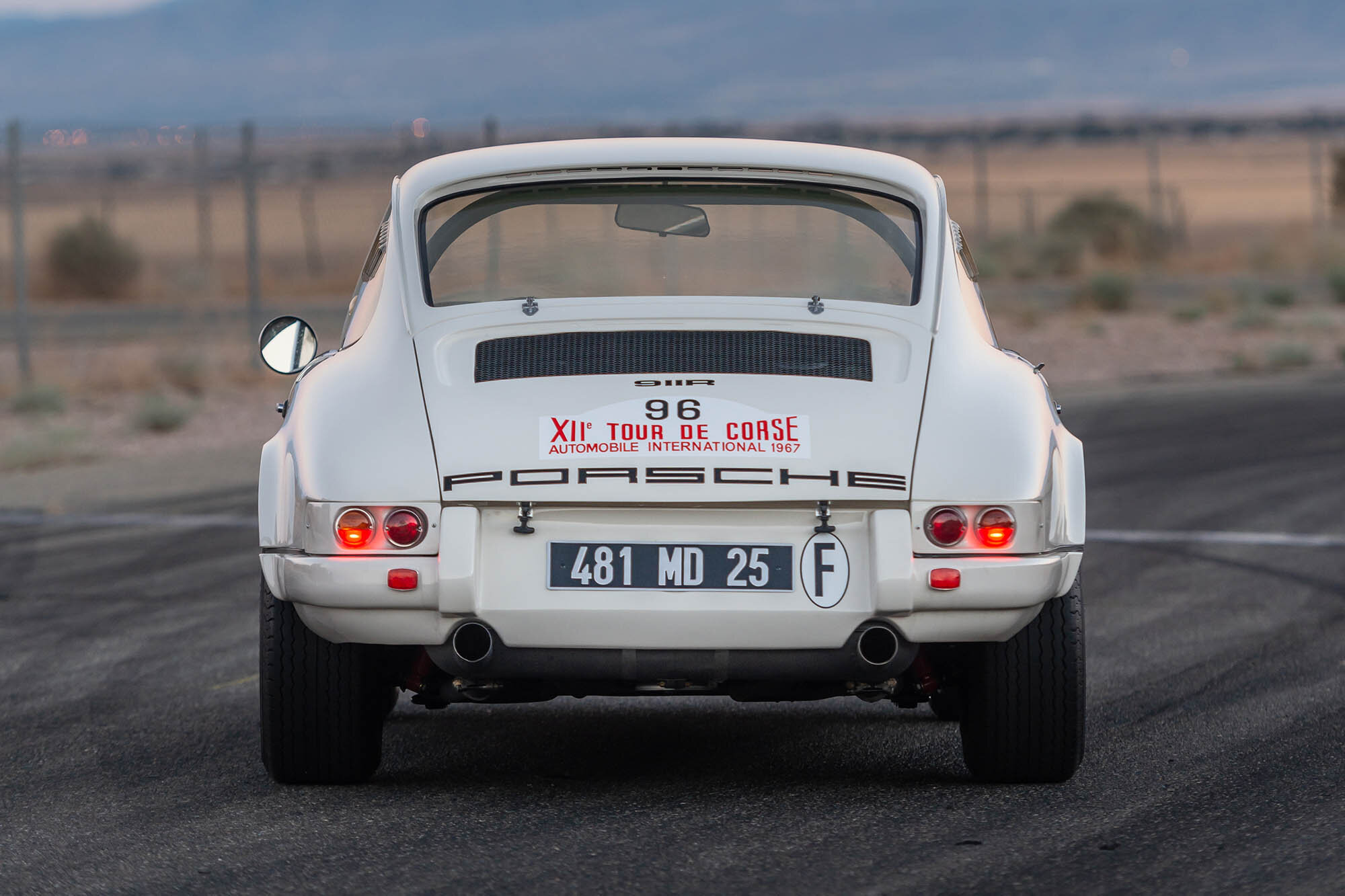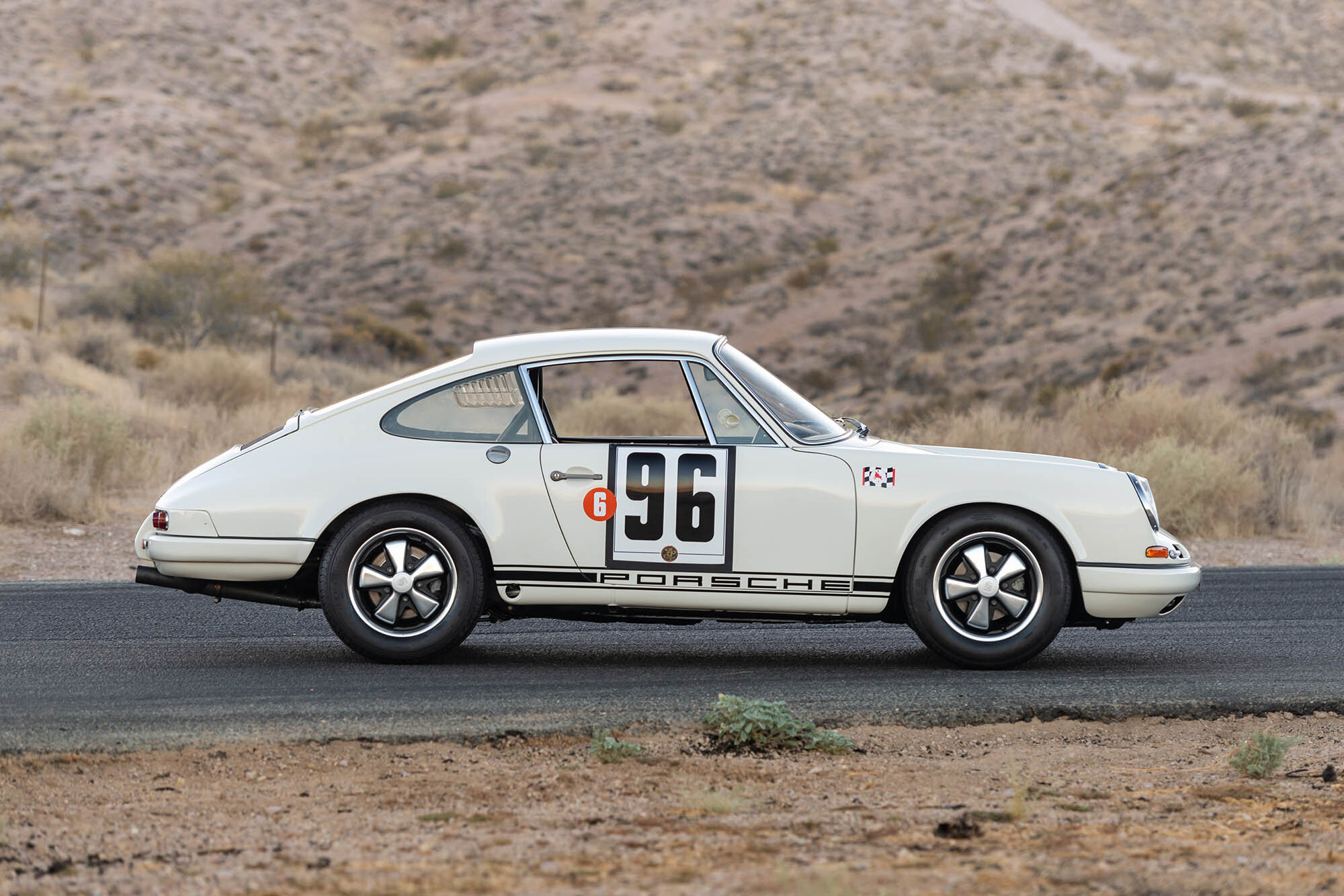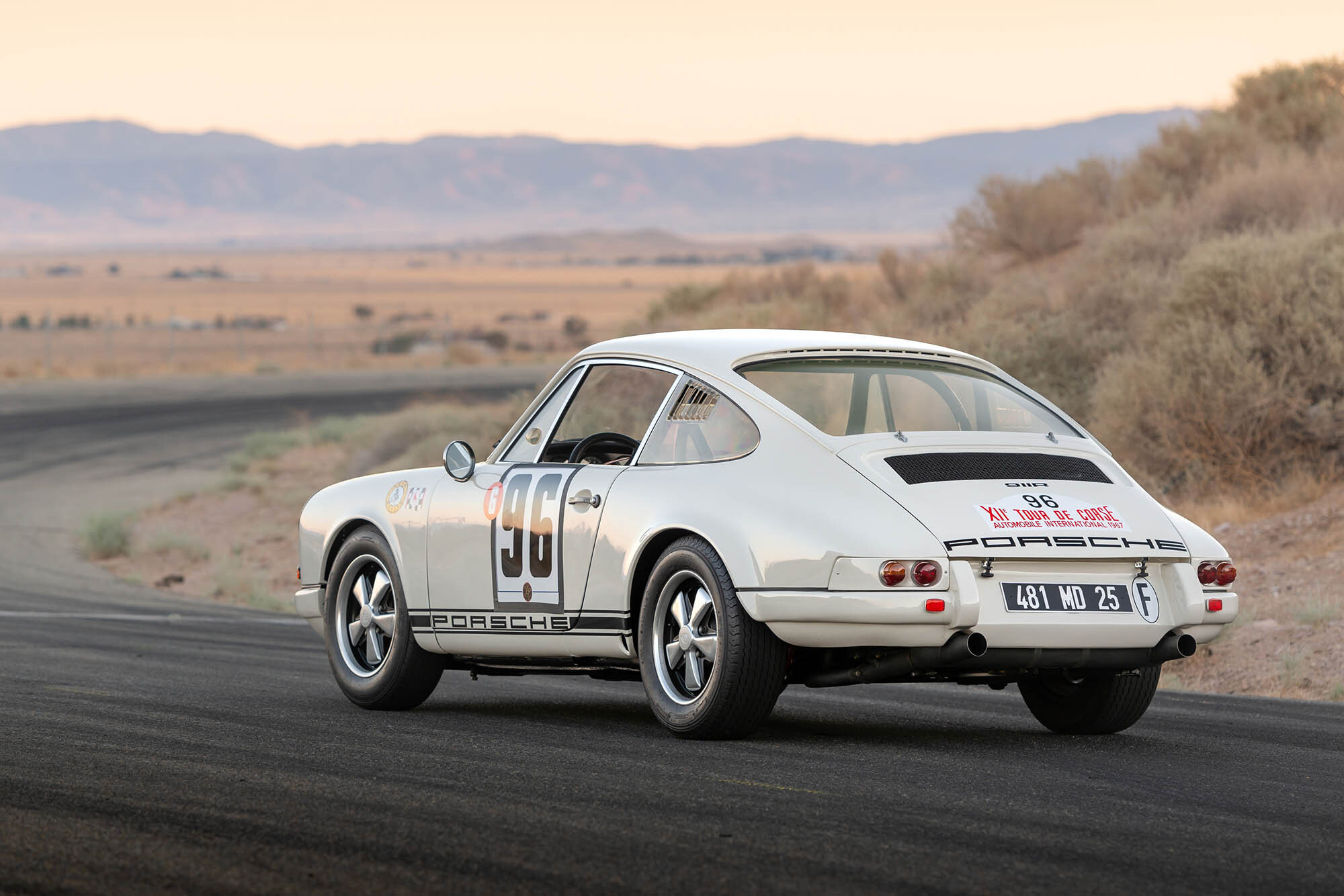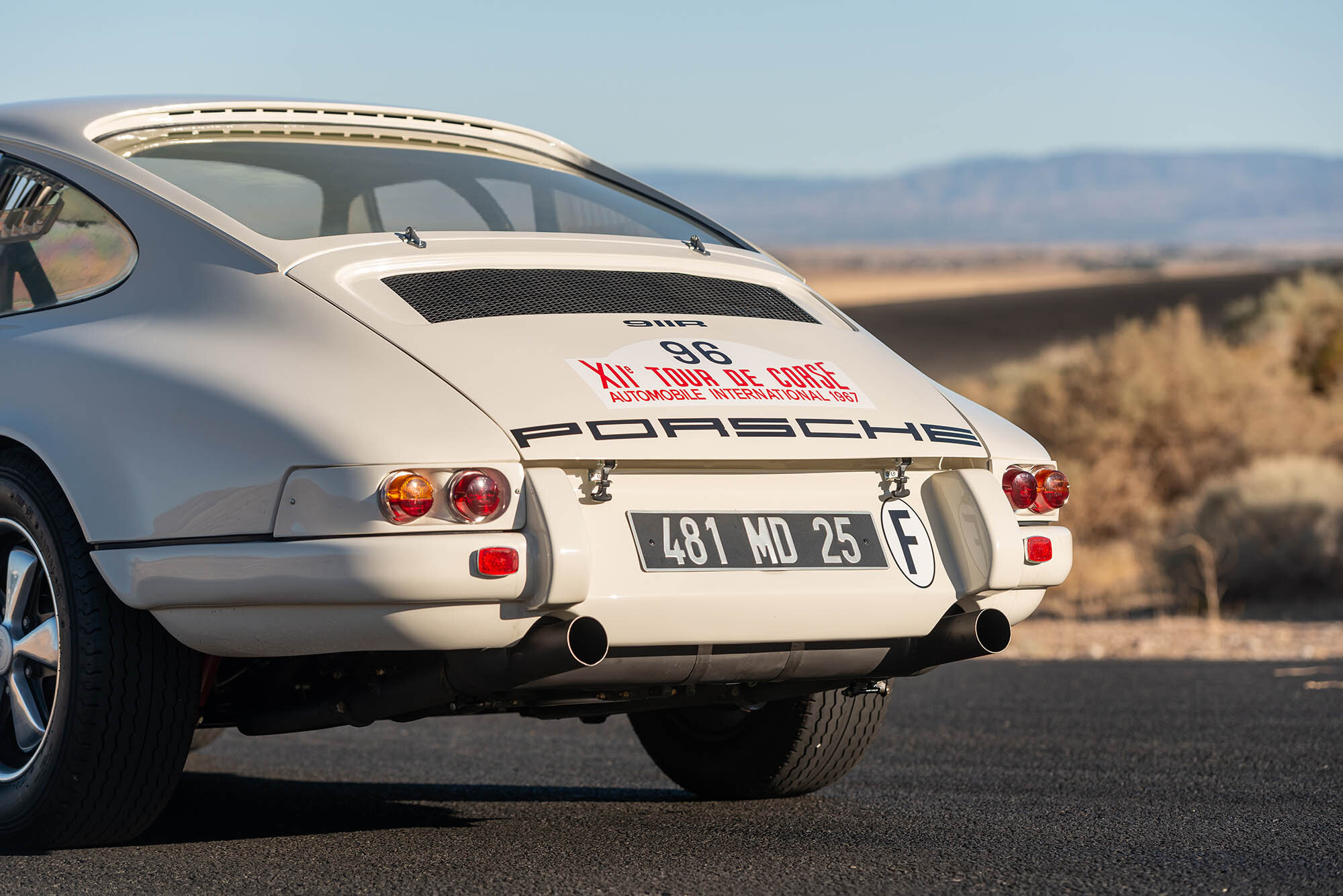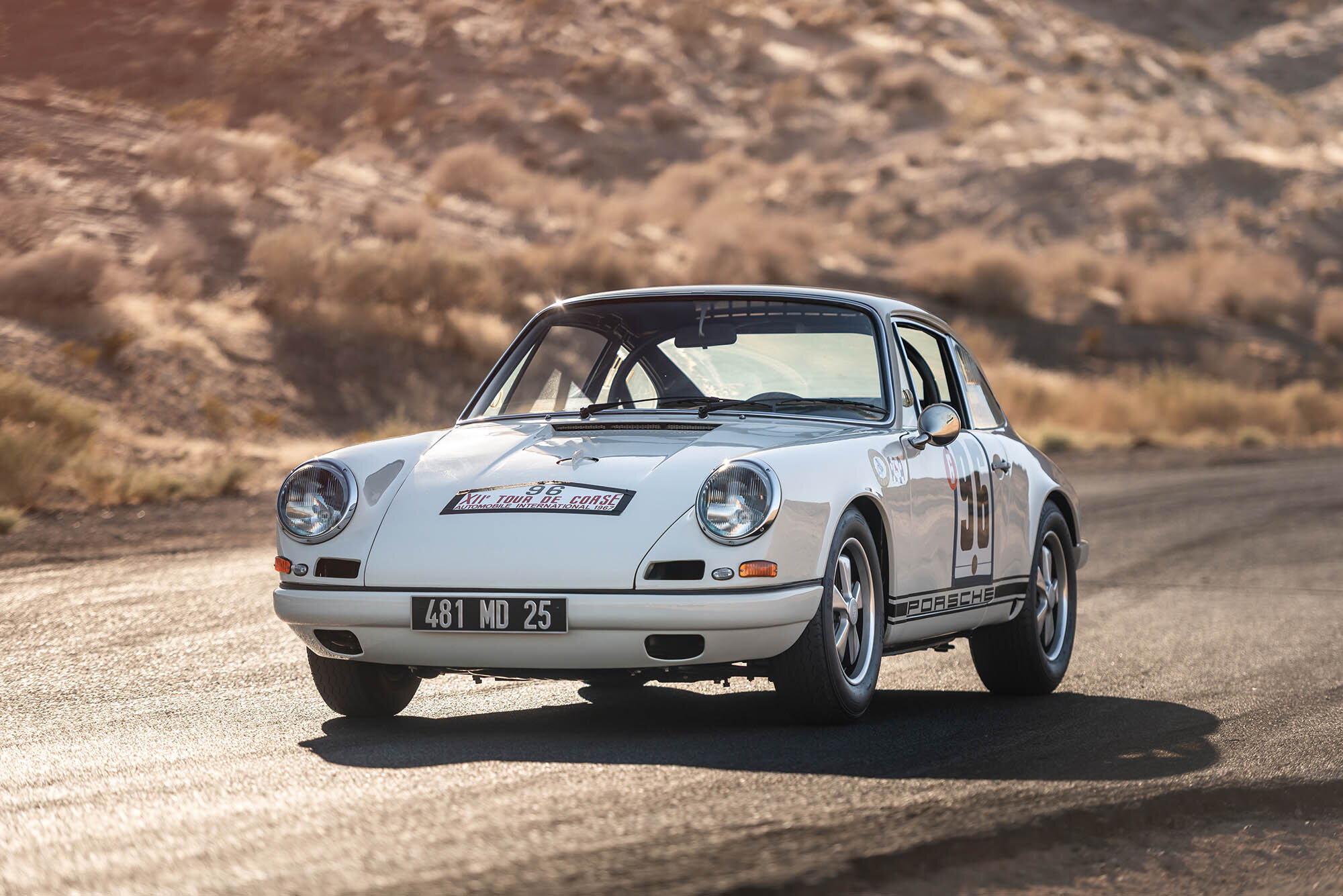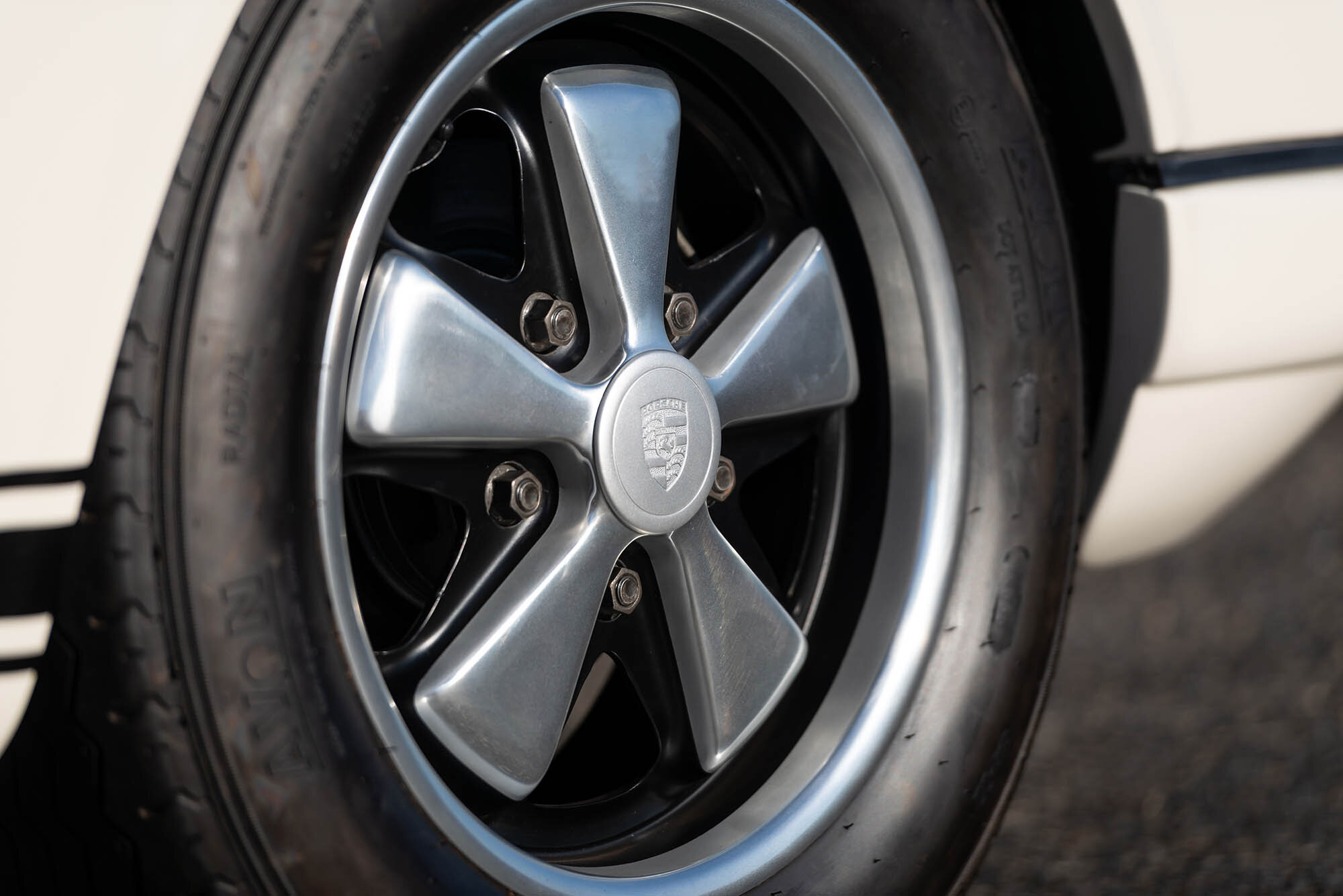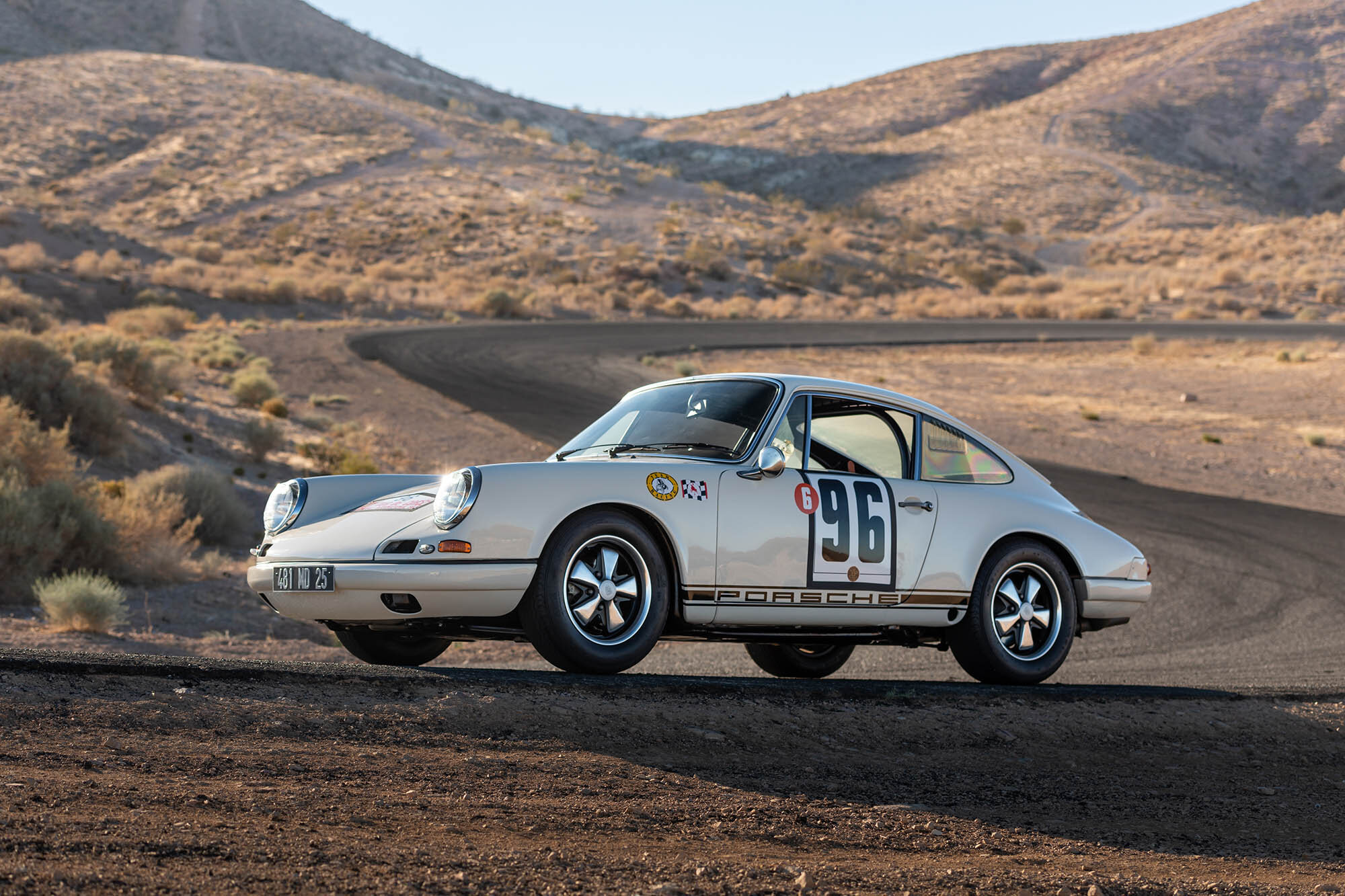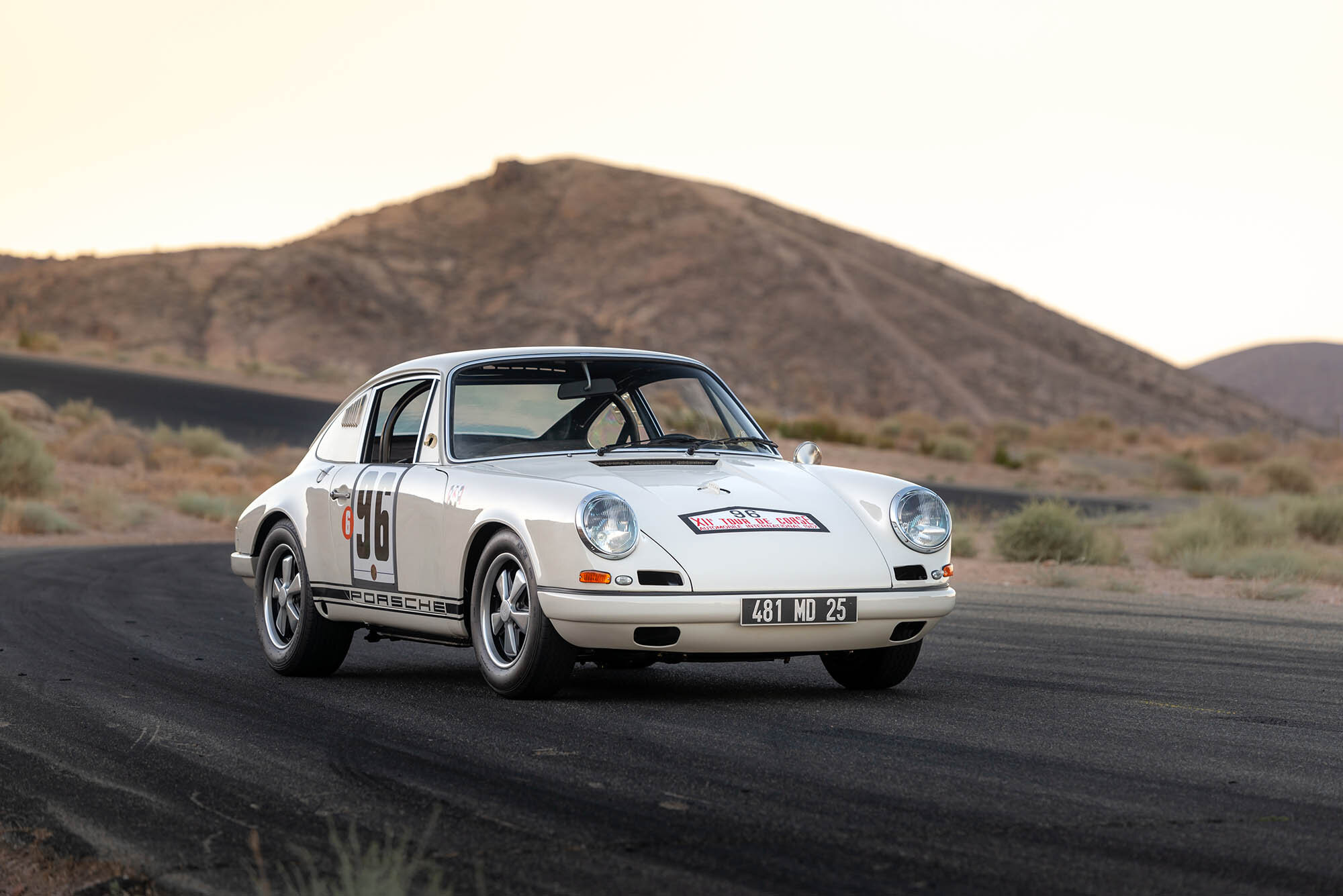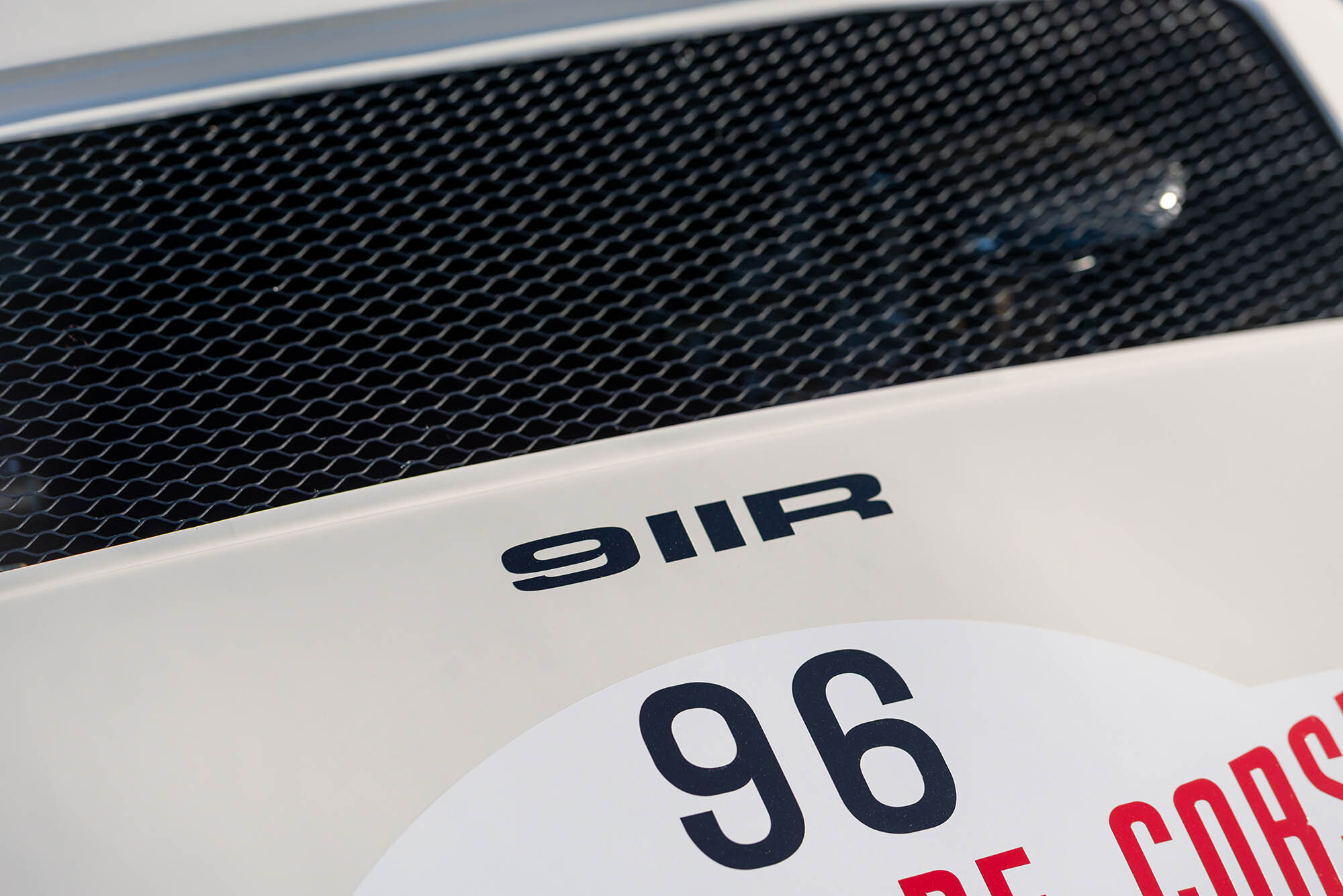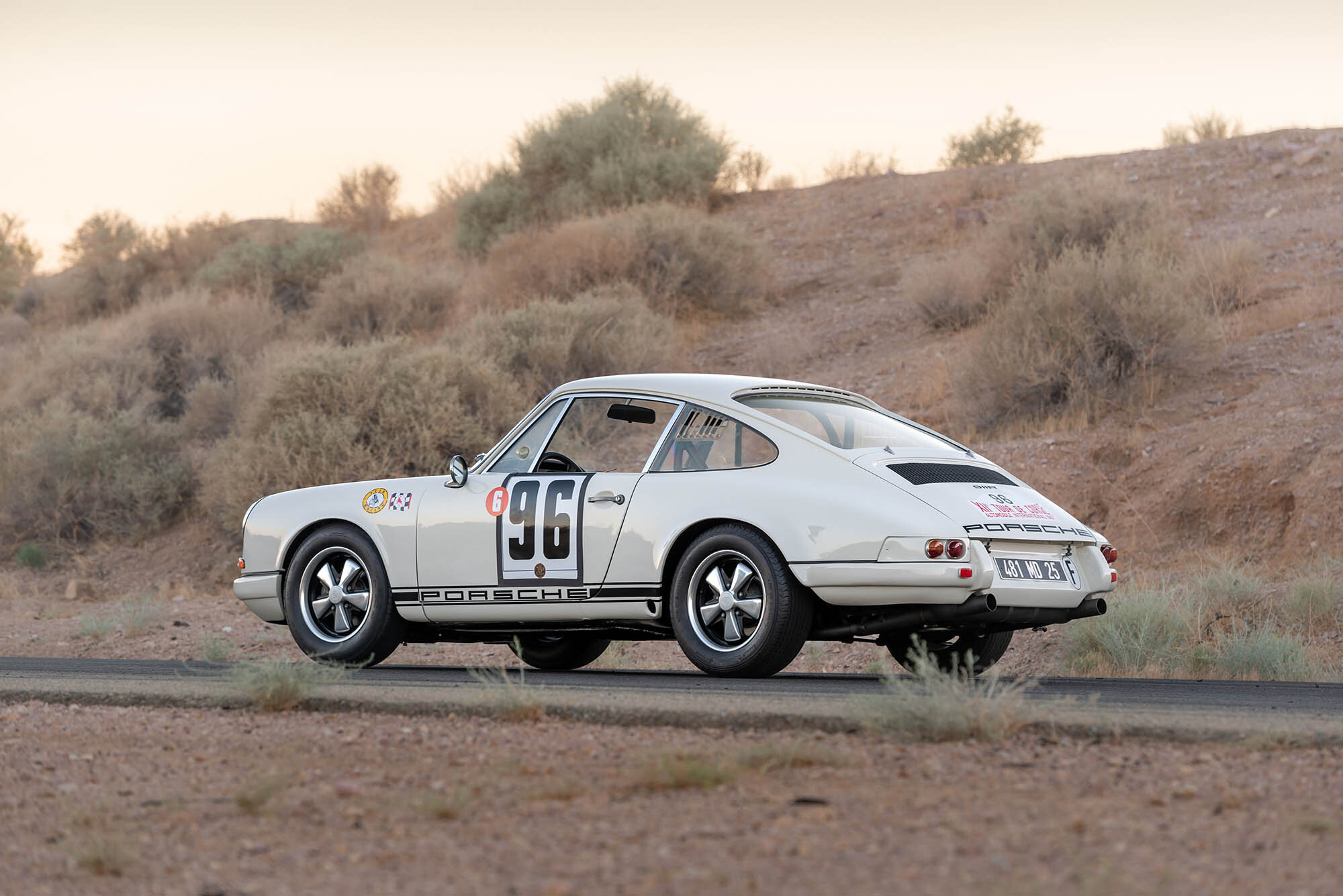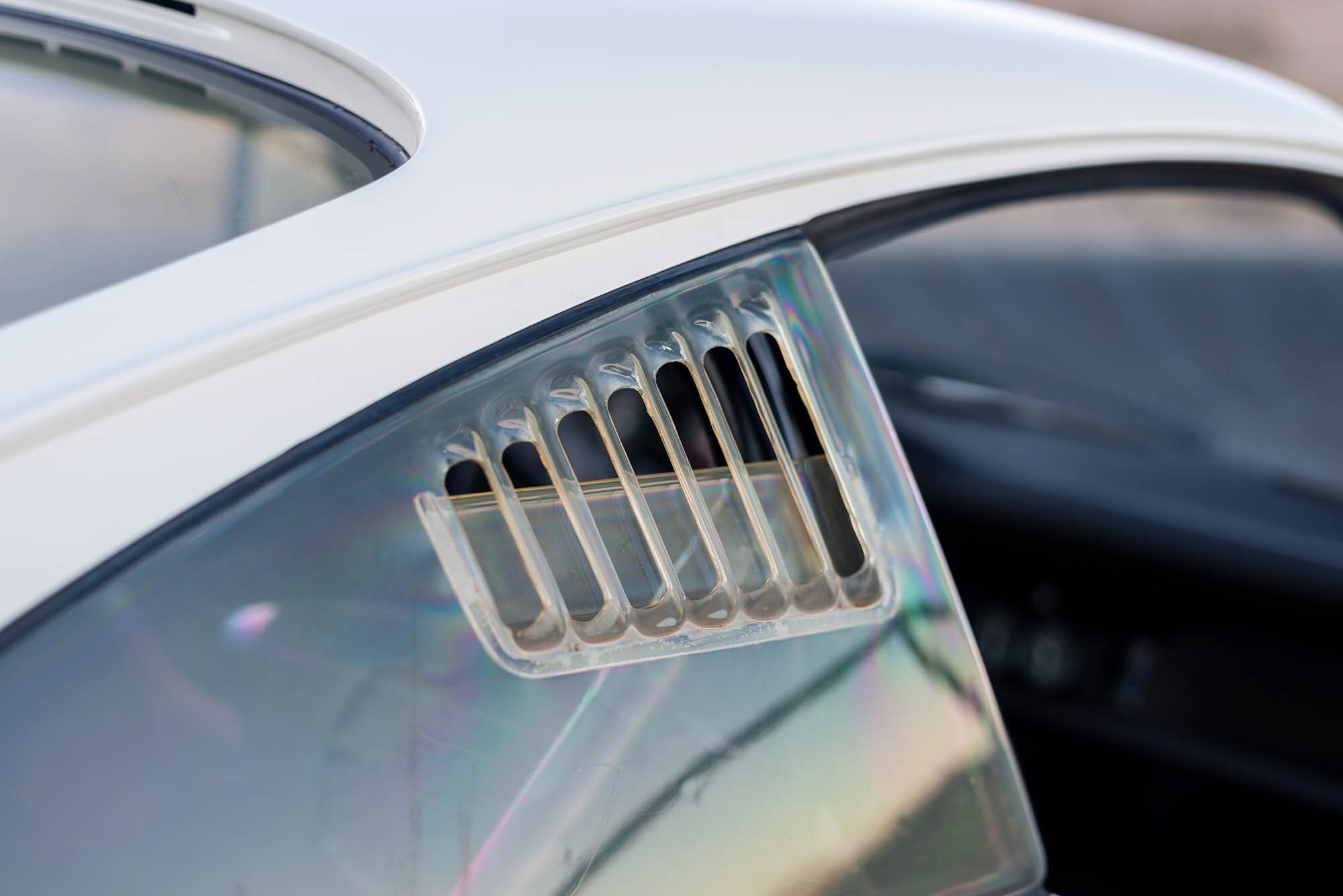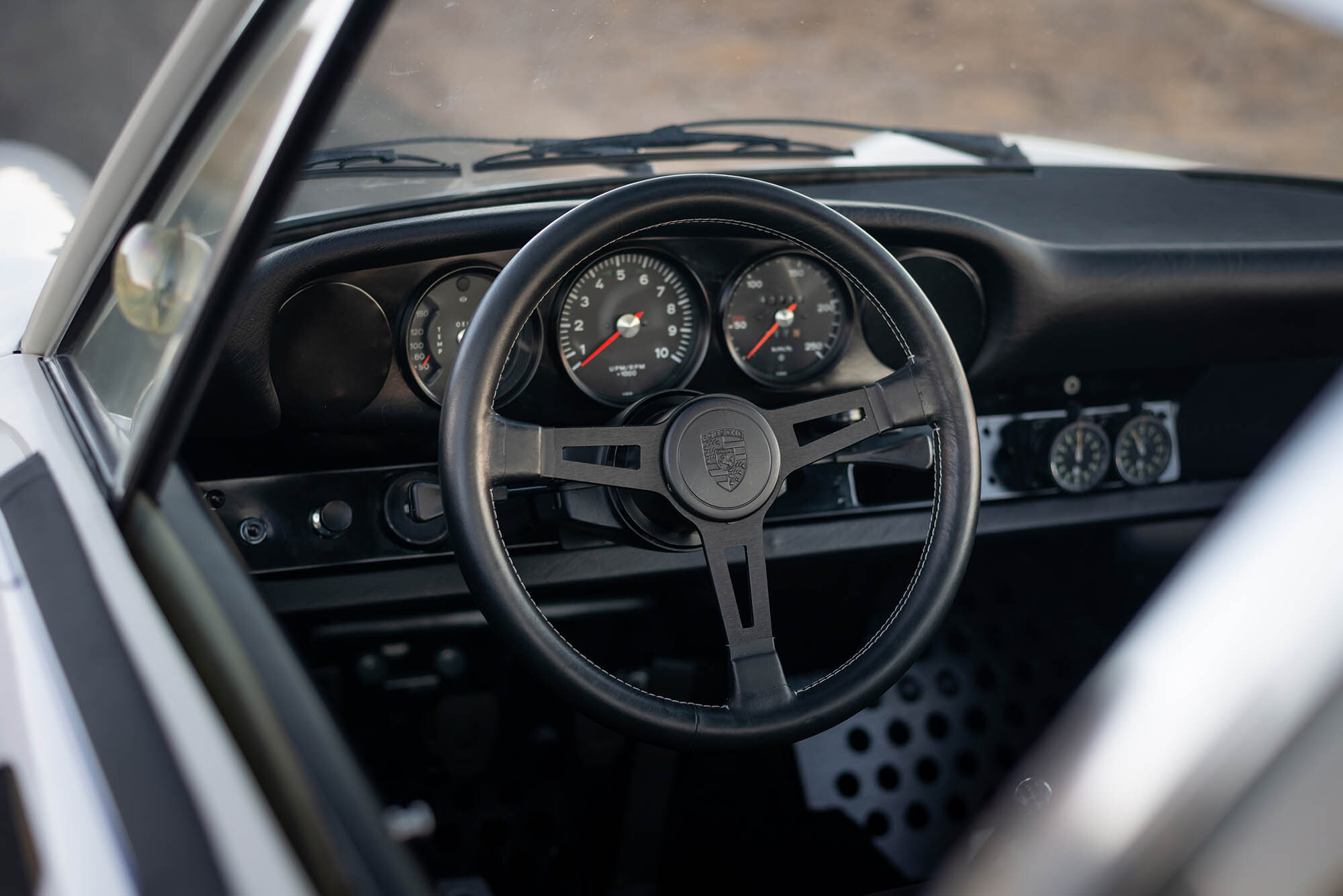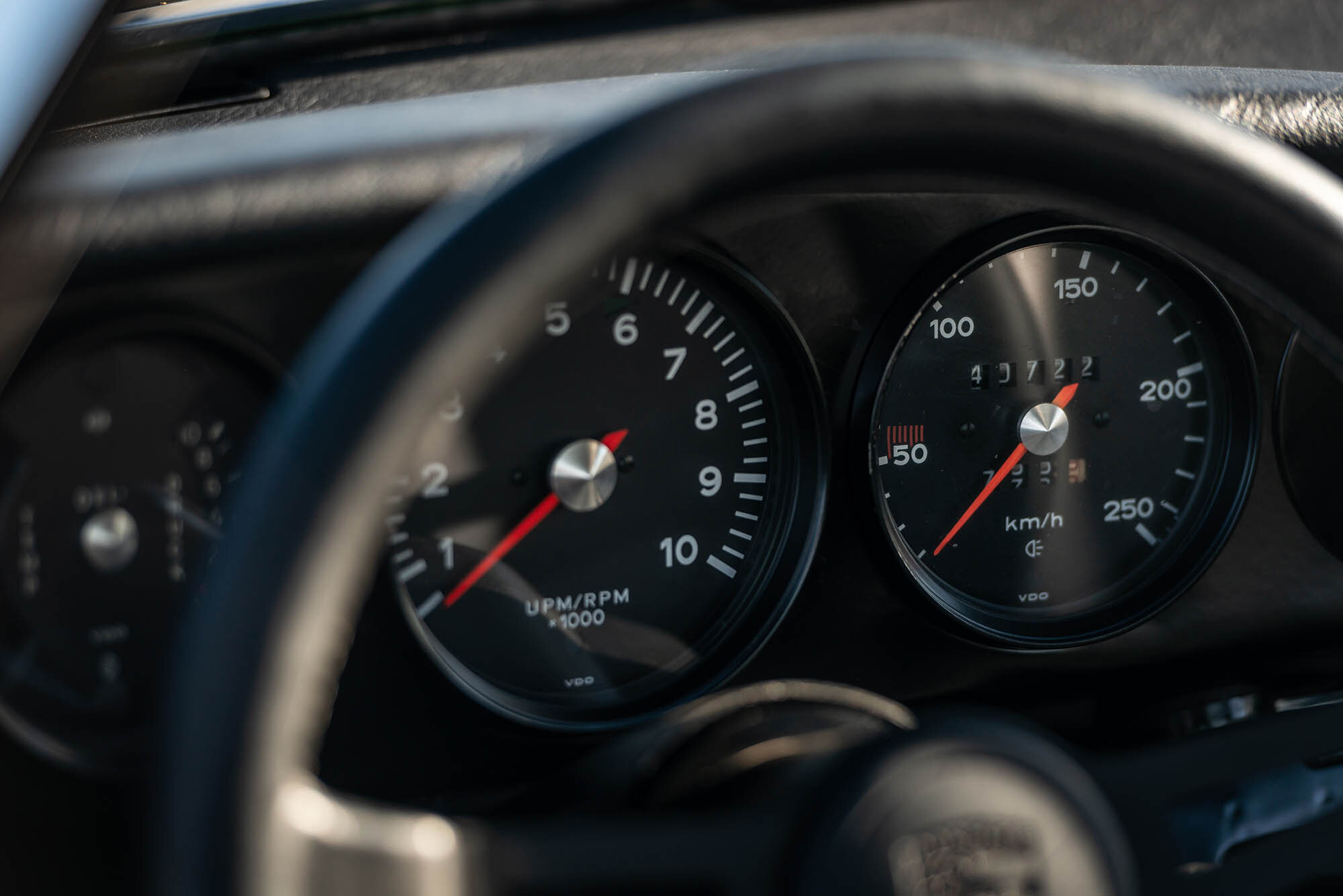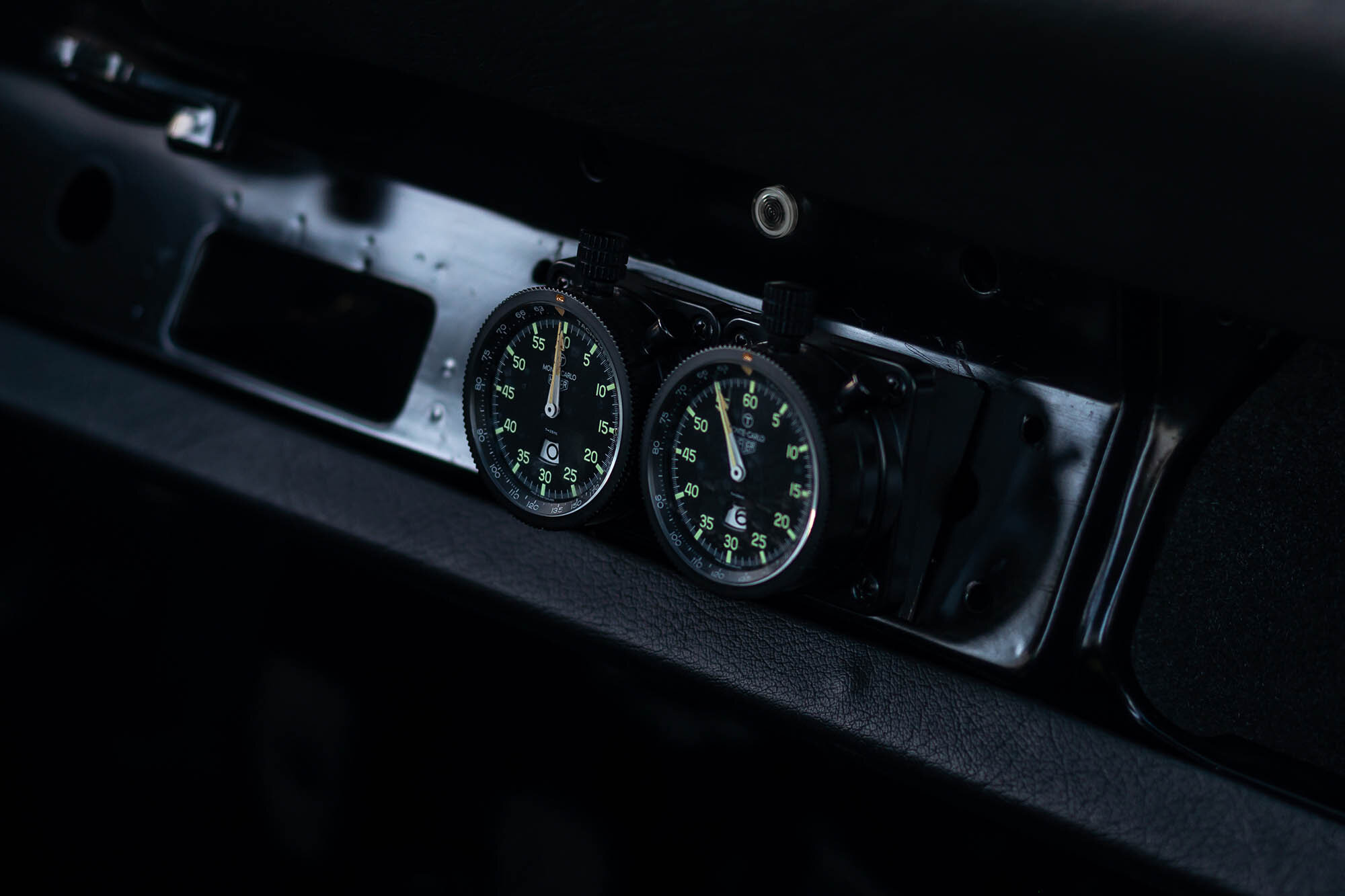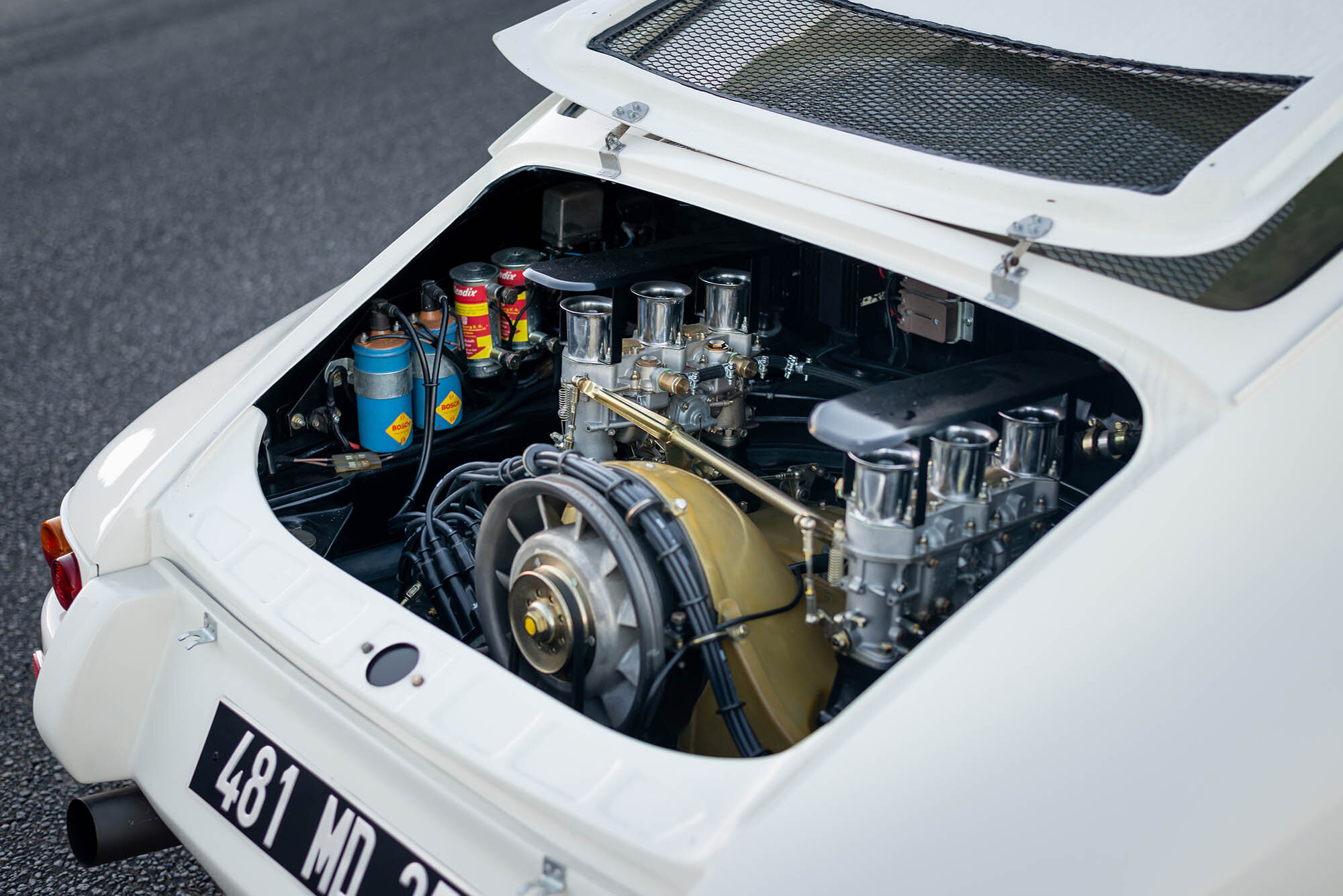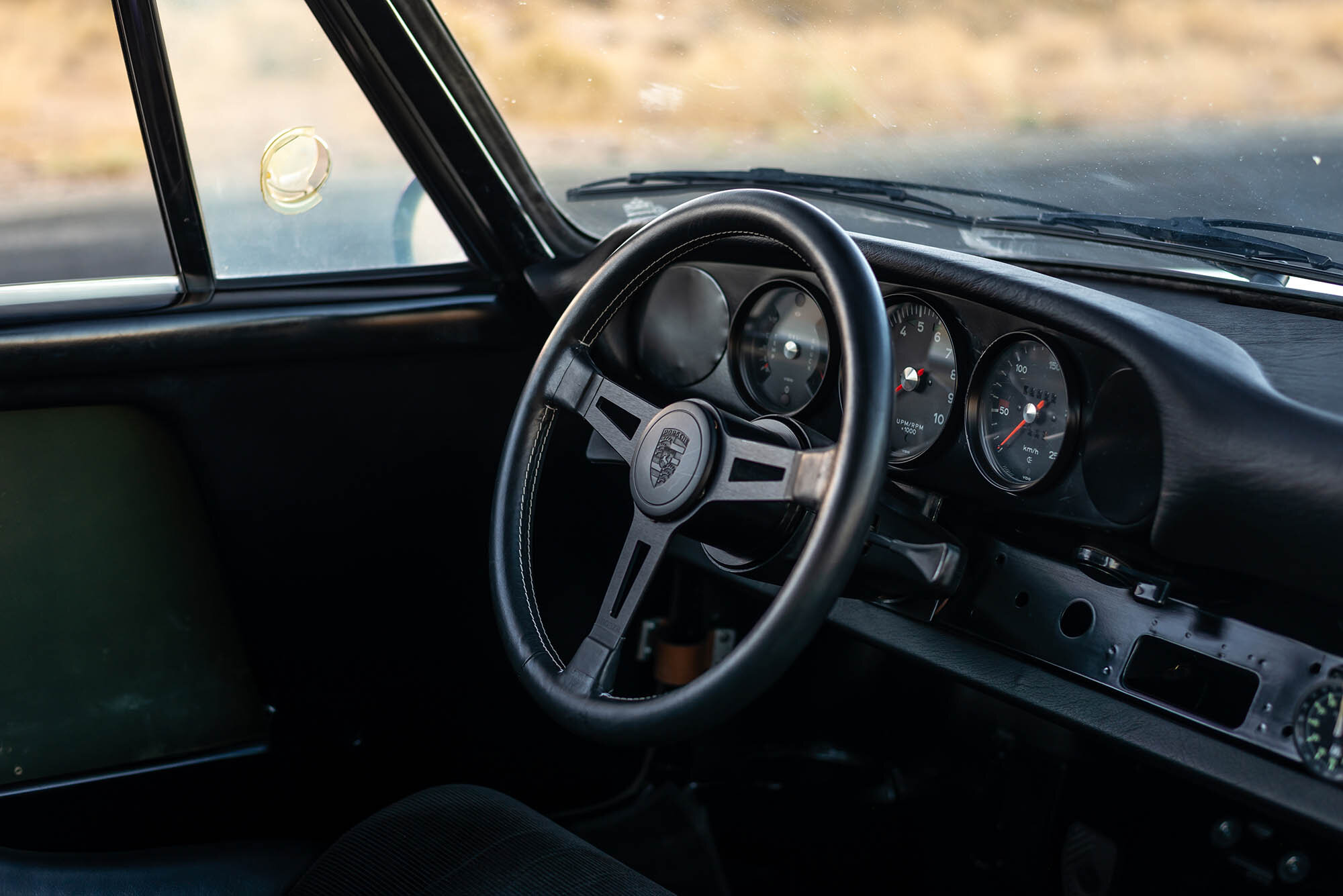The original lightweight 911
Porsche rarely, if ever, follows any other automaker’s lead, but Colin Chapman’s maxim of “add lightness” was taken to heart by Zuffenhausen’s early racing director Ferdinand Piëch. He tasked his engineers with shaving as much weight as possible from the 1967 911 S coupe with the goal of competing in the FIA’s GT 2.0 category. The resulting 911R proved a brilliant racing and rally machine.
Under Piëch’s supervision, four prototypes were constructed after which Porsche had coachbuilder Karl Baur build another 20 examples in a numbered production series. Piëch wanted to build more, but management felt they would cost too much, and ended the program.
While the 911’s steel unibody was retained, all the removable panels were replaced by fibreglass, with the exception of one of the prototypes, which used aluminium doors and lids. The standard side and rear glass was replaced with plastic, and new lightweight fibreglass front wings and rear light housings were created and fitted with small NSU and VW lamps. Deep Scheel racing seats and other special pieces from Porsche’s racing department replaced standard 911 S fare, and the interior was otherwise gutted. Just as importantly, the standard 160bhp 911 S engine was replaced with the 210bhp Type 901/22 flat-six racing engine from the 906. Some of those engines were magnesium-cased, while the others were made of heavier aluminium. The Fuchs wheels on the 20 cars were “Deep Sixes” in front, and “Seven Rs” in the rear, with the wings widened to clear. 18 of cars were finished in Light Ivory with minimal black lightweight interiors and black rocker stripes, and two examples were painted to customer order.
The car’s weight was reduced to a little over 800kg. However, when Porsche tried to convince the FIA that the new R was merely a variation on the 911 S, the sanctioning body refused to bite; homologation was refused, and Rs were forced to run as Prototypes. Most were eventually sold off to privateers, with eight of the 20 “production” cars going to France.
This example was one of those destined for France. It left the factory in October 1967, bound for Porsche Sonauto France in Paris, and then to its first owner, Fernand Schigler. Schigler was already an accomplished rally driver, competing in Renaults and Peugeots with some success. Just four days after licensing his new Porsche, Schigler had installed a quartet of driving lamps and entered the 1967 Tour de Corse as No. 96 with Gérard Couzian as his co-driver.
Today, 911 Rs are the most highly sought-after 911 variant and the pinnacle of many important Porsche collections, rarely changing hands. This 1968 Porsche 911 R was recently sold by RM Sotheby’s at their Monterey sale, fetching just over $3.3m. Photos: Robin Adams ©2021 Courtesy of RM Sotheby's


